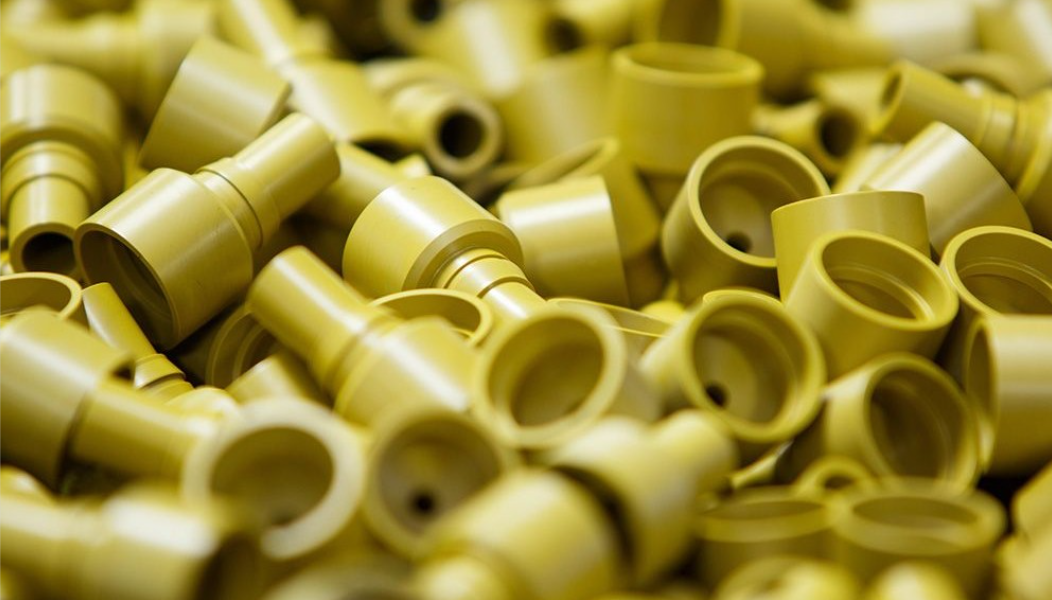Introduction of automotive connector
Connectors, also called plug and socket, generally refer to electrical connectors. The form and structure of automotive connectors are ever-changing, and they are mainly composed of four basic structural components: contacts, shells (depending on the variety), insulators, and accessories.
The function of the automotive connector
Between the blocked or isolated circuits in the circuit, a bridge of communication is built, so that the current can flow and the circuit can realize the predetermined function.
Advantages of automotive connector
- Simple assembly process
- Easy mass production
- Easy maintenance and replacement
- Easy update and upgrade
The basic performance of the automotive connector
- Mechanical behavior
Insertion and extraction force, divided into insertion force and extraction force. The insertion force and mechanical life of the connector are related to the contact structure (positive pressure), the plating quality of the contact part, and the dimensional accuracy of the contact arrangement
- Electrical performance
Contact resistance——high-quality electrical connectors should have low and stable contact resistance. The contact resistance of the connector ranges from a few milliohms to tens of ohms.
Insulation resistance——a measure of the insulation performance between the contacts of electrical connectors and between the contacts and the shell, and its magnitude ranges from hundreds of megohms to thousands of megohms.
Dielectric strength characterizes the ability to withstand the rated test voltage between the connector contacts or between the contact and the shell
- Environmental performance
Common environmental properties include resistance to temperature, humidity, salt spray, vibration, and shock. Other environmental properties include airtightness (air leakage, liquid pressure), liquid immersion (resistance to specific liquids), low air pressure, etc.
Materials of automotive connector
Commonly used connector insulation materials are PA, PE, PP, PC, PVC, PBT, ABS, PUR, PA46, PA9T, PPA, LCP, PPO, PSO, EP, and PF.
Process of automotive connector
- Injection molding
The plastic shell of the connector usually adopts this method, the process is simple.
- Insert molding
Combined injection molding when embedding parts such as terminals, embedding parts include screws, nuts, hardware inserts, wires, etc.
- Stamping
The main forming method of general hardware parts is mainly used in the connector for contact terminals. After stamping, the state of the terminal is dispersed and the chain is connected.
- Electroplating
Mainly post-processing the outer surface of metal contacts. For metal contacts in different states, it is usually divided into chain plating, barrel plating, rack plating, and brush plating.
If you have any needs, please contact us
RJC has a complete set of advanced equipment and has nearly 20 years of injection molding experience. In addition, we also have project managers who are proficient in professional technology, such as our Julie Cai is one of them. She has more than six years of international marketing experience and can explain the manufacturing process of automotive connectors, including molds, resin materials, insert molding, and post-processing. PPA is one of the typical materials we use to produce automotive structural parts that can withstand harsh environments. We also support any other materials you need. During the manufacturing process, you can give us feedback if you have any questions. We always take your needs as the first goal and quickly manufacture the products you want.





